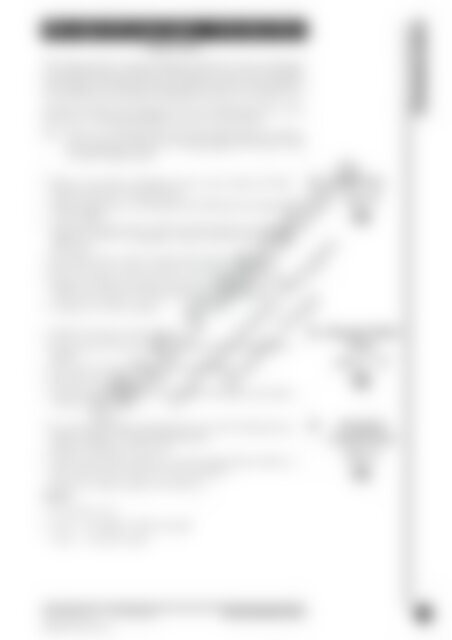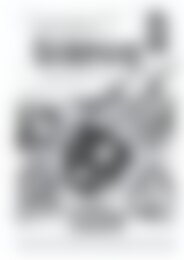RIC-0667 Aboriginal Cult 5-6
You also want an ePaper? Increase the reach of your titles
YUMPU automatically turns print PDFs into web optimized ePapers that Google loves.
<strong>Aboriginal</strong> Languages – Introduction<br />
Teachers Notes<br />
The Nyungar people are a group of <strong>Aboriginal</strong> people whose territory and language<br />
comes from the south-west of Western Australia. There are now only a few speakers<br />
of this language. The Nyungar territory extends from Perth, to the wheatbelt in<br />
the north-east and to the southern Goldfields, then down to the southern coast.<br />
Examples of words from this language are used in the following activities. (If you<br />
have access to an <strong>Aboriginal</strong> language in your area, use that instead.)<br />
Note: There are over 250 different documented <strong>Aboriginal</strong> languages and dialects<br />
with varying pronunciations. It is strongly suggested you contact a local<br />
<strong>Aboriginal</strong> language speaker.<br />
• Work as a class. Write an <strong>Aboriginal</strong> word on a sheet of paper. Ask ‘What<br />
does this word mean?’ Accept all answers.<br />
• Tell the students that it is an <strong>Aboriginal</strong> word. Tell them the meaning of the<br />
word in English.<br />
• Using the information sheet on page 46, tell the students that <strong>Aboriginal</strong><br />
people have their own languages, and give them some background<br />
information.<br />
• Ask students if they are able to speak another language. What is it?<br />
• Write the Nyungar words onto cards to use for activities in this section.<br />
• Display the words to the students. (You may wish to draw pictures of the<br />
words on the cards also to assist with the students’ understanding.)<br />
• Complete the worksheet together.<br />
• Display the Nyungar words written on cards.<br />
• Put your hand over the picture and ask students what the word means in<br />
English.<br />
• Play a game of ‘Simon Says’, using the Nyungar words.<br />
• Photocopy the worksheet onto card.<br />
• Give the students the opportunity to cut out the cards and then play a game<br />
of snap or a memory game.<br />
• As a class tell the students that people from all over the world speak many<br />
different languages, including <strong>Aboriginal</strong> people.<br />
• Display the Nyungar words on card.<br />
• You may wish to draw a picture on a piece of paper and ask students to<br />
point out the correct word to write next to the picture.<br />
• Discuss the worksheet together and complete it.<br />
Answers<br />
1. (a) no (b) yes (c) yes<br />
2. Across – (2) mangkarr (3) djena (4) mulya<br />
Down – (1) marra (2) mayel<br />
Body Parts<br />
(page 50)<br />
<strong>Aboriginal</strong> Word<br />
Games<br />
(page 51 – 52)<br />
©R.I.C. Publications<br />
Low Resolution Images<br />
Display Copy<br />
<strong>Aboriginal</strong><br />
Language Quiz<br />
(page 53)<br />
Communication<br />
www.ricgroup.com.au R.I.C. Publications 49Australian <strong>Aboriginal</strong> <strong>Cult</strong>ure 49<br />
ISBN 978-1-86311-807-1


















